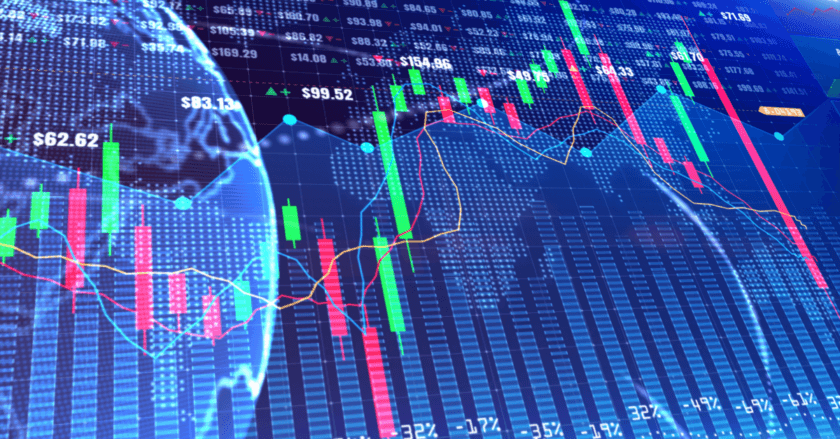If you know what to look for on a price chart, you can see where the “smart money” is buying and selling forex, which can help you stack the odds in your favor, says Sam Seiden of Online Trading Academy.
London is one of the forex trading hot spots on the planet. I live in Chicago but also spend time in London. When I am with London traders, I notice they are trying to make so many different strategies work in the forex market, yet I don’t meet anyone who is achieving the success they are in search of. They don’t realize the key factor in trading is proper market timing. Market timing, the ability to identify market turning points and market moves in advance, before they happen, with a very high degree of accuracy. It is also the ability to identify where market prices are going to go, before they go there. The main reason you would want to know how to time the market’s turning points in advance is to attain the lowest risk, highest reward, and highest probability entry into a position in the market. Think about it, by entering as close to the turn in price as possible, you enjoy three key factors:
1) Low Risk: Entering at or close to the turn in price means you are entering a position in the market very close to your protective stop. This allows for maximum position size while not risking more than you are willing to lose. The further you enter the market away from the turn in price, the more you will have to reduce position size to keep risk in line.
2) High Reward (Profit Margin): Similar to number one above, the closer your entry is to the turn in price, the greater your profit margin. The further you enter into the market from the turn in price, the more you are reducing your profit.
3) High Probability: Proper market timing means knowing where banks and institutions are buying and selling in a market. When you are buying where the major buy orders are in a market, that means you are buying from someone who is selling where the major buy orders are in the market and that is a very novice mistake. When you trade with a novice, the odds of success are stacked in your favor.
So how do we time the market’s turning points in advance? It all begins and ends with understanding how to properly quantify real bank and institutional supply and demand in any and all markets. Once you can do that, you are able to identify where supply and demand is most out of balance and this is where price turns. Once price changes direction, where will it move to? Price moves to and from the price levels with significant buy (demand) and sell (supply) orders in a market. So, again, once you know how to quantify and identify real supply and demand in a market, you can time the markets turning points in advance, with a very high degree of accuracy.
To better understand how to do this, let’s take a look at a recent trading opportunity where we identified an area of demand in the euro (highlighted in yellow). The two lines creating a “buy zone,” allowing us to apply our simple rules for entering a position.
This was an area of bank/institutional demand for a few reasons. First, notice the strong rally in price from the demand level. Also, notice that price rallies a significant distance before beginning to decline back to the demand level. These two factors tell us that demand greatly exceeds supply at this level. The fact that price rallies a significant distance from that level before returning back to the level clearly shows us what our initial profit margin (profit zone) potential is. These are two of a few “odds enhancers” we teach. They help us quantify the bank and institutional supply and demand in a market, which is the key to knowing where the significant buy and sell orders are.
Ready to learn more? Check out this article on the traders commitment report.
